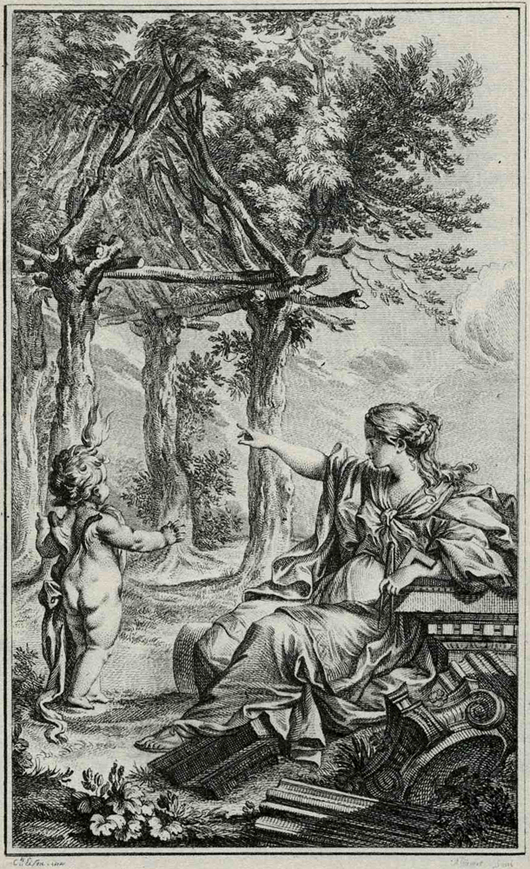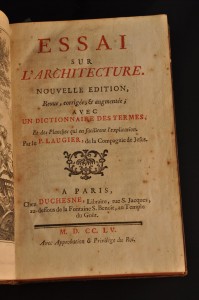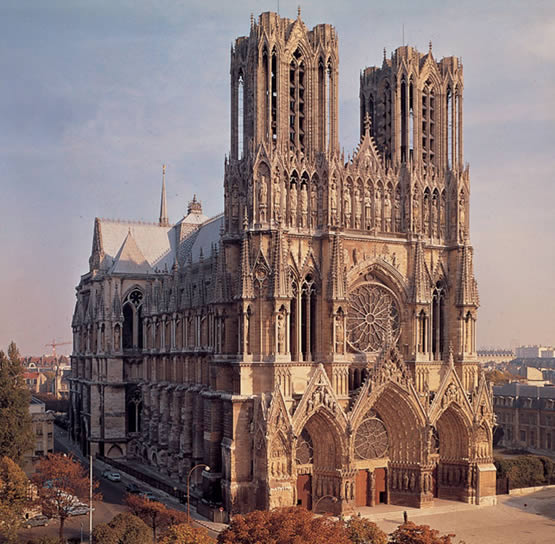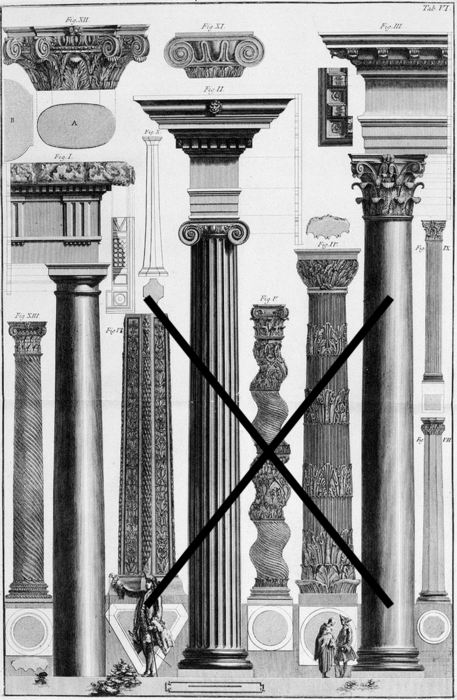Born in france, in Manosque january 1713, this religious man, jesuit, and architecture theorist is considered the father of naturalism in architecture.
Abbe Marc Antoine Laugier is known fundamentally by having written his “Essay on architecture” published first time anonimously in 1753, and been republished in 1755 signed by his autor, including the primitive hut illustration which made him famous worldwide.
Laugier’s goal was to create an architecture utterly agreed with reason, he devoted his time to examine existing architectural theories conceiving a list of mistakes including columns, entablatures and facades. Thus, he pretends to fade out the existing separation between structure and decoration so that only, what for him is real architecture, remains. Architecture always must be respectful to natural law and related to the classical simetry, that is, integrating parts in the building with that on the architectural order.
“Je voudrois persuader à tout le monde une vérité que je crois très-certaine; c’est que les parties d’un Ordre d’Architecture sont les parties mêmes de l’édifice. Elles doivent donc être employées de maniere non-seulement à décorer le bâtiment, mais a le constituir. Il faut que l’existence de l’édifice depende tellement de leur union, qu’on ne puisse retrancher une seule de ces parties, sans que l’édifice croule.”
He was famous since his sermons at Saint-Sulpice and Fontainebleau in his Jesuit time, furthermore increased by the king’s support, but his instigator studies and polemic proposals was what made him significantly famous in France and because of this fact his theories had considerably influence in new neoclassical school of thought.




